A Healthy Diet For Your Child’s Academic Success
Making sure your son or daughter does his or her homework and is signed up for the right SAT or ACT prep class isn’t the only way you can help them achieve academic success. Another essential — and often overlooked — way you can set your child on the way to the college of his or her dreams is to provide a healthy and balanced diet at home.
To boost your child’s brainpower, and give him or her all the energy needed for long study sessions, a healthy diet for students should feature lots of water, whole grains, berries, vegetables, beans, fish, nuts, and seeds, and limits trans fats and sugar.
As a parent, you’ve likely got a handle on things in the kitchen. But the tips below might make things even easier for you when preparing your children’s meals. And remember: if you’re looking for test-prep help, check out our ACT prep courses and SAT prep courses!
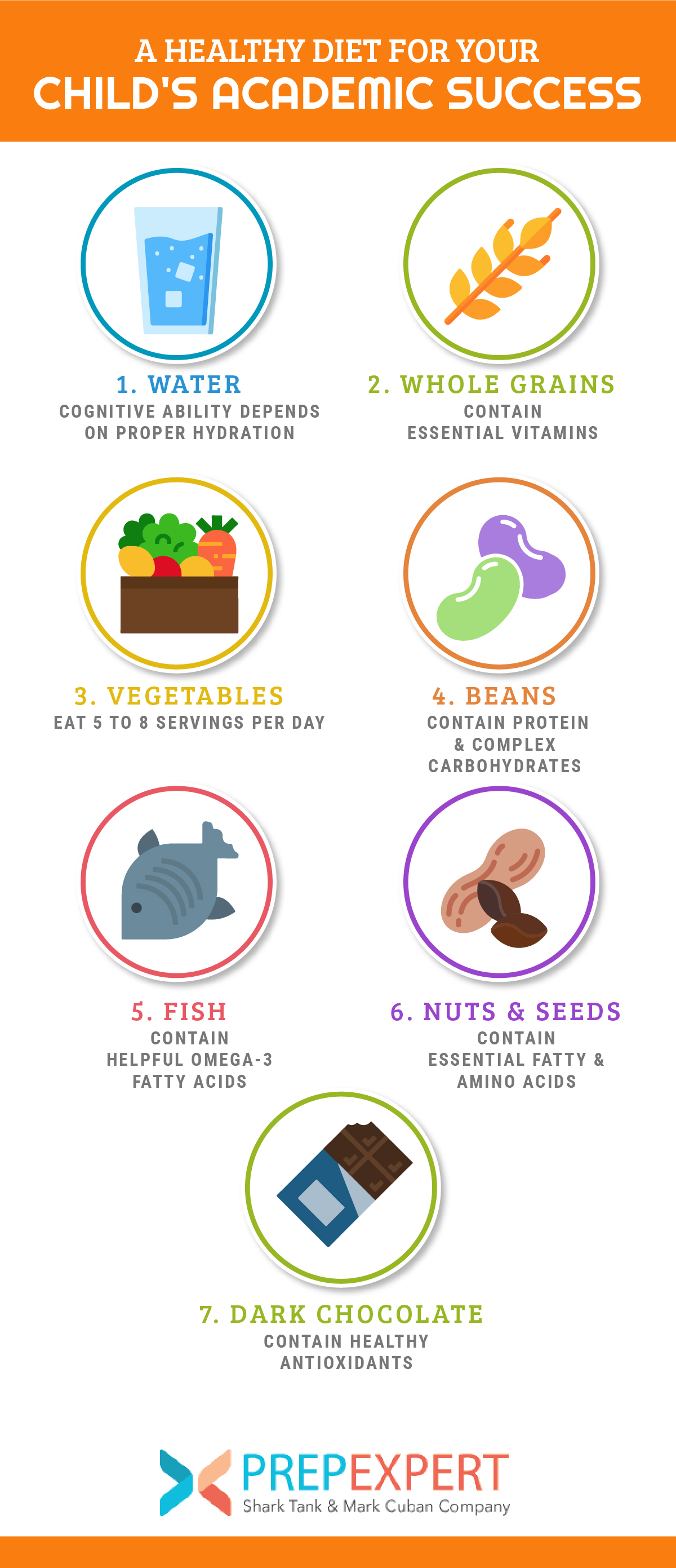
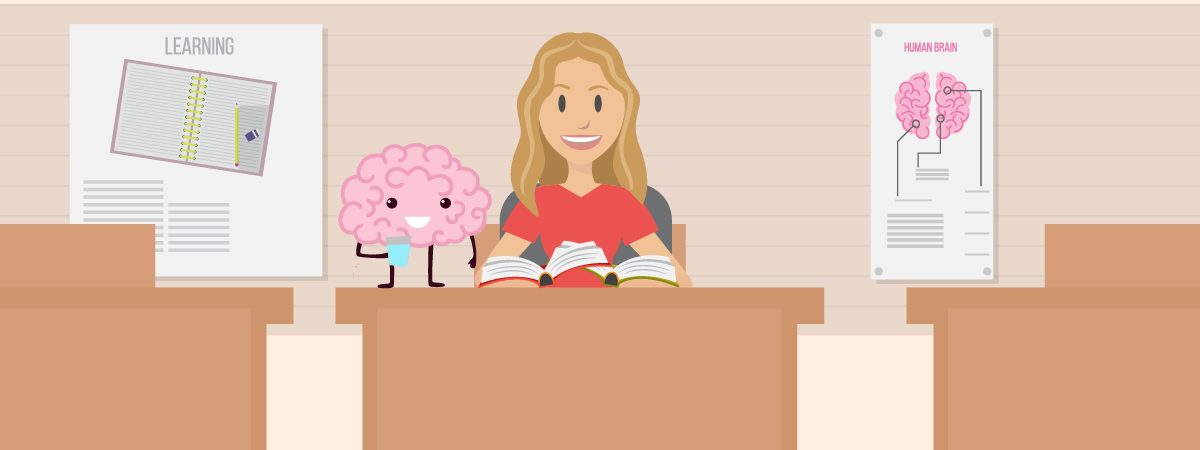
Your Child’s Brain Is 75% Water — Keep It Replenished!
Cognitive ability depends on proper hydration, and even mild dehydration can affect brain function. Lots of water is needed to keep the brain hydrated—about eight eight-ounce glasses per day.
Your student can’t keep properly hydrated with sugary drinks such as sodas, or even sports drinks; ensure that he or she carries a water bottle or thermos to school and drinks from it throughout the day. When a student drinks water regularly, he or she is able to think more clearly and perform better on exams.
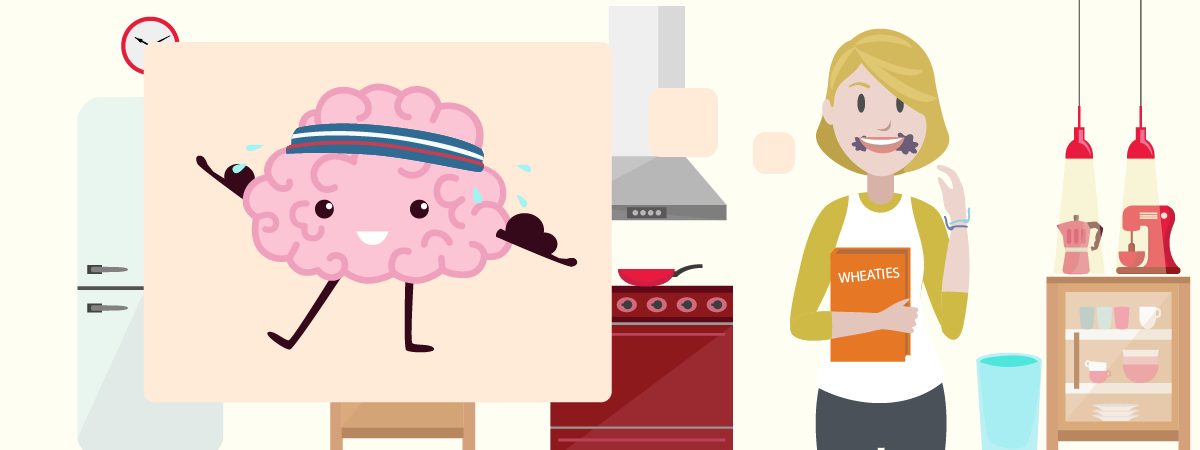
Whole Grains = Stronger Brains
Whole grains are great brain food, containing vitamins that increase blood circulation, improve memory, and release a steady flow of glucose, which improves alertness and concentration.
So, during your next trip to the grocery store, buy bread and cereals made from whole grains. As mentioned, whole grains—such as a brown rice, whole wheat, barley, and oats—release glucose, which prevents the pancreas from working overtime to produce excess insulin.
Not only does this keep the brain supplied with glucose, it also prevents the sugar highs and crashes caused by refined foods. In addition to all this, the B vitamins in whole grains support your student’s nervous system. Overall, there’s quite a bit of brain food in that box of Corn Flakes!

Berries For Brain Brawn
Berries are loaded with antioxidants, which protect the brain from neurological damage. Antioxidants also improve communication between brain cells, strengthening cognitive functioning.
Strawberries, blueberries, and blackberries are all high in antioxidants. Try packing these in with your student’s lunch instead of a pudding cup for a healthier and more brain-boosting dessert.
[leadmagnet_five]
Breakfast is a good time for berries, too: try sprinkling them on your child’s cereal, or blending them up along with some bananas and ice, for a delicious and refreshing smoothie. Or, for a protein-packed and brain-boosting breakfast, add them to some non-fat Greek yogurt along with some muesli or granola.
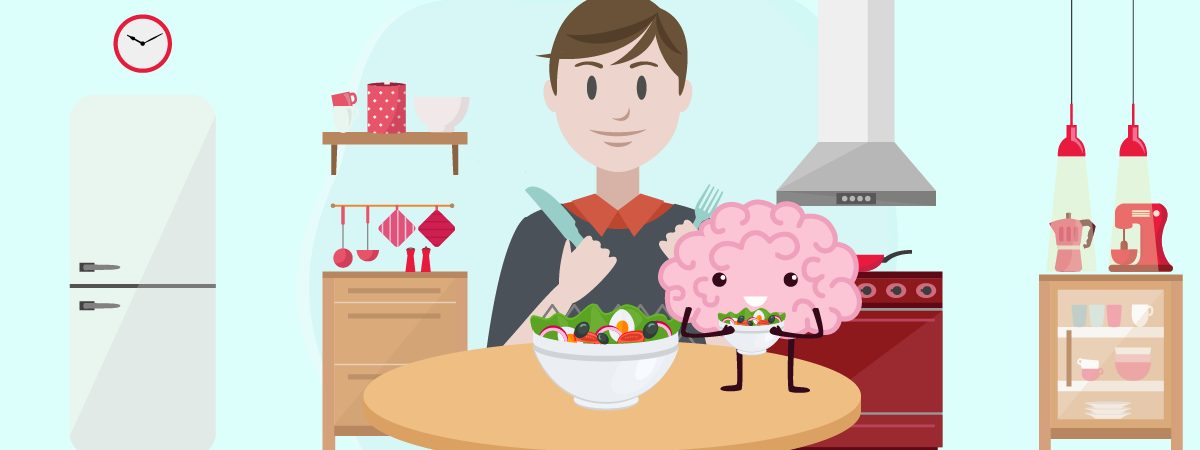
Eat Your Vegetables—A Lot Of ‘Em!
We all know it’s important to eat your vegetables, but you should make sure your child is eating five to eight servings of veggies each day.
Vegetables are loaded with the antioxidants vitamin C, beta-carotene, and vitamin E, which prevent brain cells from damage. The best vegetables for your child are dark leafy greens (such as arugula, spinach or collard greens), broccoli, carrots, and bright-colored vegetables like red cabbage, tomatoes, pumpkin, and sweet potatoes.
Instead of a sandwich, try packing your child a salad for lunch. This might be a tough sell! So, make the change more palatable by filling the salad with lots of yummies, like goat cheese, cranberries, and walnuts.
You can also sneak veggies into your child’s diet as snacks. For example, carrots make a great soccer-sideline treat. Chop them up along with some celery and add a little peanut butter, and your kids will come running for this healthy and tasty brain food.
And at dinnertime, try to feature a variety of vegetables as sides, and change them up throughout the week. Be creative with your choices—maybe your child will find a new favorite!
Beans For Bigger And Better Brains
Beans feature omega-3 fatty acids, which support brain growth and function.
They also contain protein and complex carbohydrates that work to keep brain function level throughout the day. Pinto and kidney beans are especially high in omega-3 fatty acids.
There are many tasty meals you can make with kidney beans, such as chili, red beans, and rice, or cold salads. Pinto beans are the main ingredient in the ever-popular Mexican refried beans and can be served during breakfast on toast, and at lunch in a hearty tomato soup.

Put More Fish On That Dish
Fish are loaded with the same brain-boosting omega-3s present in beans. Salmon, sardines, and mackerel, in particular, are packed with these fatty acids.
If your dinner menus lean heavily toward meat, make a change and start featuring fish as your entrees. Salmon has the added benefit of being loaded with protein, and relatively easy to prepare. You can also serve it on a bagel with cream cheese and lox for a satisfying Sunday breakfast!
One fish to be careful with, though, is tuna: a study from the University of South Florida found that those with high mercury levels in their bloodstream experience a five percent drop in cognitive function. So, a tuna fish sandwich every once in awhile is okay, but don’t make it a regular feature of your child’s diet.

Go Nuts For Nuts (And Seeds, Too!)
Nuts and seeds contain essential fatty acids and amino acids that will increase your student’s mental clarity and boost his or her mood, putting him or her in prime position to hit the books and study hard.
Meal-wise, the best thing about nuts and seeds is that they require no preparation and travel well (no need to refrigerate or keep warm!), making them a great snack for your child throughout the day.
So, serve your student almonds, walnuts, cashews, peanuts, pecans, pine nuts, pistachio nuts, pumpkin seeds, sunflower seeds, and flax seeds, either on their own or mixed together, or as part of a tasty and variegated salad.

Fast Food? Fuggedaboutit!
Be sure to avoid fast food, which is filled with trans fats, saturated fat, sodium, and lots of other fillers that are harmful to your child’s brain.
Frequent eaters of fast food also have a 40 percent higher risk for depression, as well as Alzheimer’s disease. Broadly speaking, any food with partially hydrogenated oils—code for trans fats—as an ingredient should be avoided.
Sadly, this includes baked goods! Trans fats are especially damaging to your student’s long-term brain function: a study in the journal Neurology found that those with diets high in trans fats had lower cognitive abilities and smaller brains later on in life.
So, while it might be tempting to hit the drive-thru at McDonald’s, Wendy’s, Chik-fil-a, or another of the many fast food chains out there, it’s best for your child’s academic success (not to mention, cholesterol and waistline!) to steer clear.
[leadmagnet_two]
If you’re especially busy and can’t spend too much time in the kitchen, the frozen foods aisle at your supermarket is filled with lots of microwavable meals that are much better for your student’s health and academic success than fast food. While at the supermarket, keep your eyes peeled for offerings from Luvo, Evol, Kashi, Lean Cuisine, Cedar Lane, Blake’s, and Artisan Bistro.
Eggplant parmesan, spinach ricotta ravioli, chicken biryani, chicken chile Verde, and wild salmon with pesto are only a few of the many delicious dishes on offer that you can throw in the microwave and serve your student in less than five minutes.
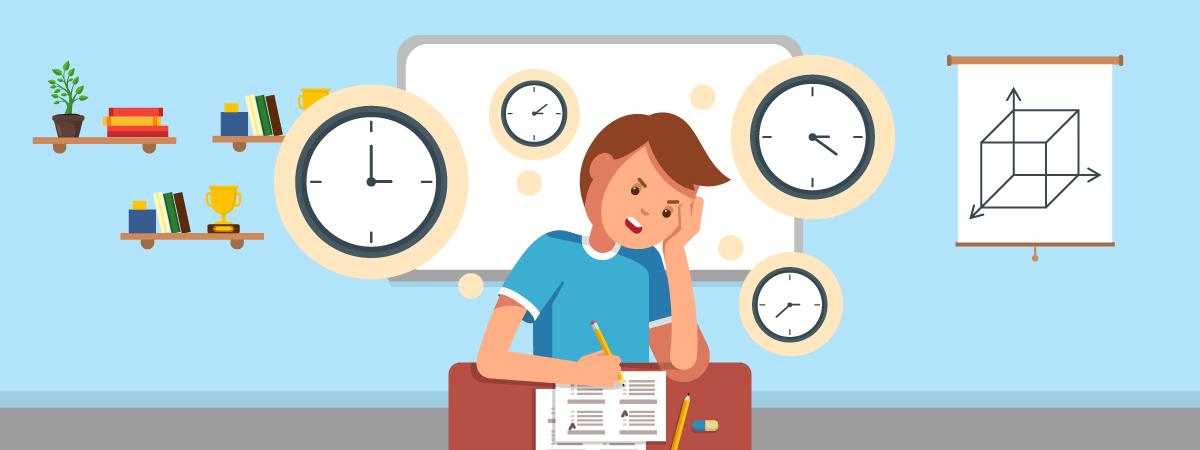
Added Sugar And Fructose—Sweet On The Tongue, But Not For The Brain
Added sugar can cause the hippocampus, which is the brain’s memory control center, to become inflamed, preventing it from working at 100 percent.
Researchers believe too much fructose can hamper how brain cells use and store sugar for the energy required to process thoughts and learn. This said you don’t need to worry about fruit.
Although it’s naturally high in fructose, researchers say fruit won’t harm your child’s brain, and it’s loaded with other brain benefits. As they say, an apple a day keeps the doctor away—but it’ll keep your brain going, too!

Dive Into Some Dark Chocolate
If your student craves sweets, give him or her some dark chocolate.
Dark chocolate is loaded with brain benefits, improving mood and blood flow to the brain, protecting the brain against free radical damage, and improving learning, memory, and focus.
While it’s not often that something so delicious is also good for your body and brain, consider dark chocolate the exception! Reward your student for his or her hard study sessions with a bite or two of this tasty brain food.

Eat Well And Study Hard!
Priming your student’s diet for academic success will leave him or her in a position to perform well in classes, as well as on standardized tests.
For another boost, taking a test-prep course with Prep Expert will also equip your student with strategies to do his or her best on test day. Check out our website Prep Expert for our many class and private tutoring offerings.
Eat right, stay smart, study hard!
For more test strategy, college admissions, and scholarship application tips sign up for our FREE class happening right now!
Written by Todd Marcus
More from Todd Marcus

ACT Reading Passage Types | What To Expect
Be ready for the ACT Reading section by knowing the kinds of things you'll be reading. Here are the ACT…

Taking The ACT Junior Year
If you're ambitious and want to give yourself plenty of time for score improvement, then consider taking the ACT junior…
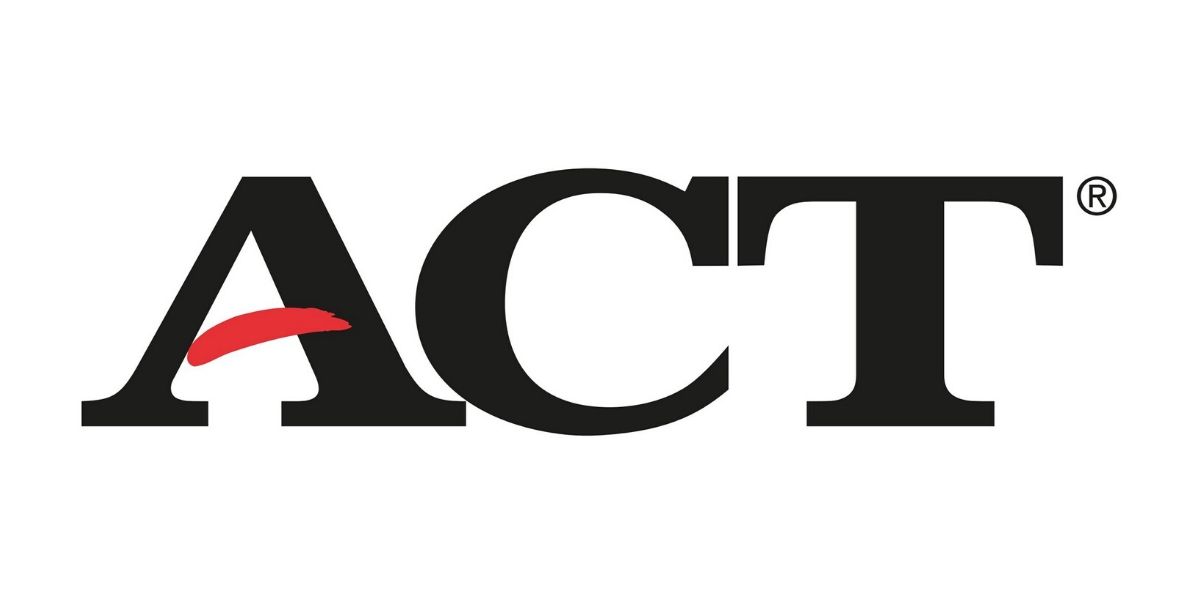
ACT 2020 Score Release Dates
Here then are the ACT 2020 score release dates to plan around, as well as, the different kinds of available…